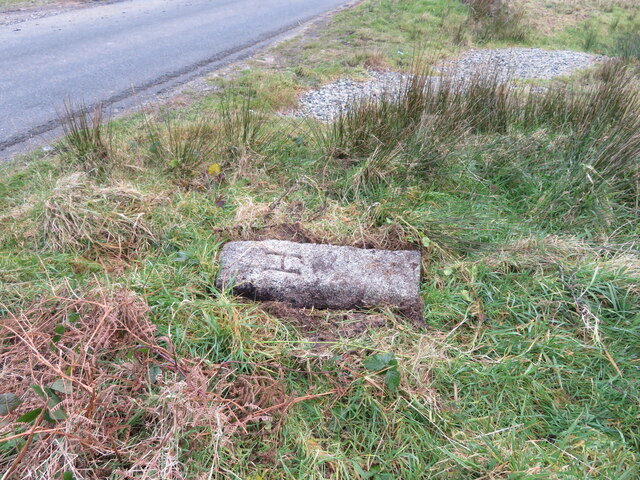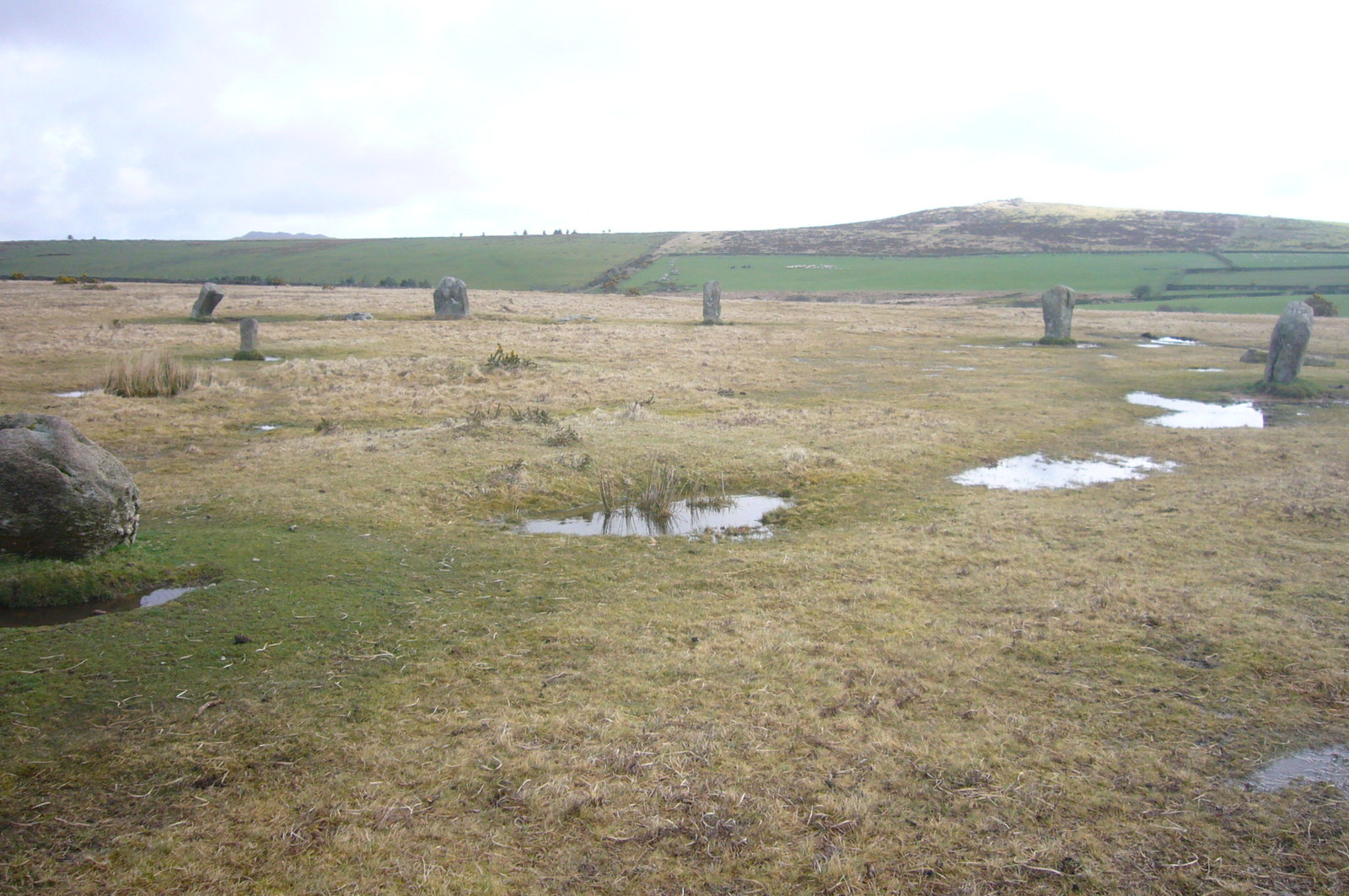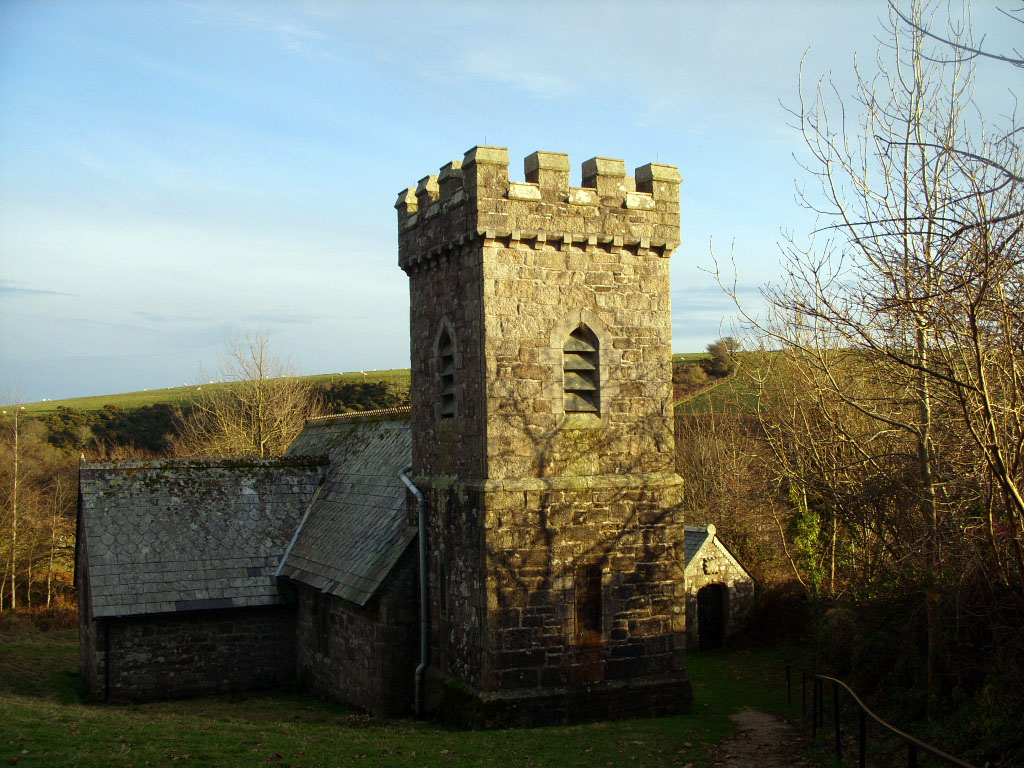Newton Downs
Downs, Moorland in Cornwall
England
Newton Downs
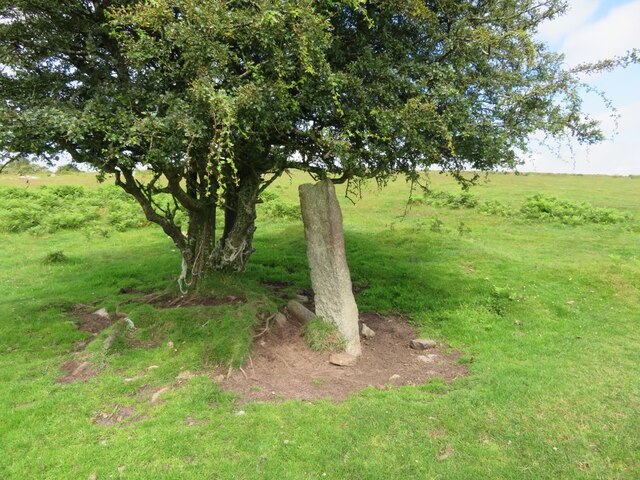
Newton Downs is a sprawling moorland located in Cornwall, England. Situated near the town of Newton Ferrers, this area is renowned for its natural beauty and rich biodiversity. Spanning over vast acres of undulating terrain, Newton Downs is characterized by its rolling hills, open grasslands, and rocky outcrops.
The moorland is home to a diverse range of flora and fauna, making it a popular destination among nature enthusiasts and wildlife observers. Visitors can expect to encounter various species of birds such as skylarks, buzzards, and kestrels, as well as smaller mammals like rabbits and foxes. The area is also known for its vibrant wildflowers, which bloom in abundance during the spring and summer months, creating a picturesque landscape.
Walking and hiking trails crisscross the downs, offering visitors the chance to explore the area's natural wonders at their own pace. One of the most popular routes is the Newton Downs Circular Walk, which takes visitors on a scenic journey through the moorland, passing by ancient stone circles and offering breathtaking views of the surrounding countryside.
In addition to its natural beauty, Newton Downs also holds historical significance. The moorland is dotted with remnants of Bronze Age settlements, including stone circles and burial mounds, providing insight into the area's rich past.
Overall, Newton Downs in Cornwall is a captivating destination that combines stunning landscapes, diverse wildlife, and historical intrigue. Whether visitors are looking to immerse themselves in nature, embark on a historical journey, or simply enjoy a peaceful walk, Newton Downs offers a truly enchanting experience.
If you have any feedback on the listing, please let us know in the comments section below.
Newton Downs Images
Images are sourced within 2km of 50.532297/-4.6445942 or Grid Reference SX1273. Thanks to Geograph Open Source API. All images are credited.

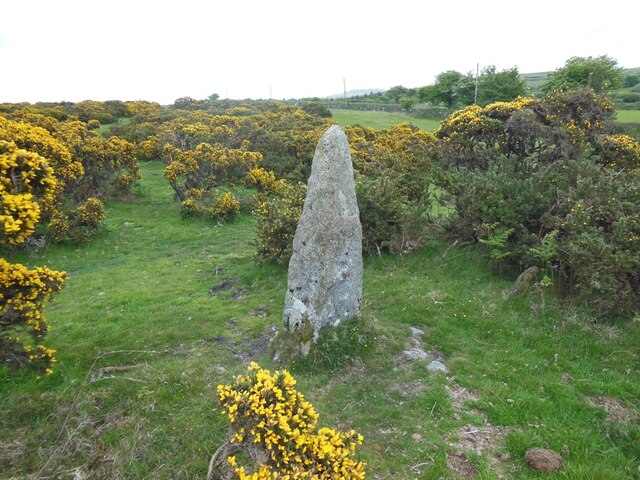
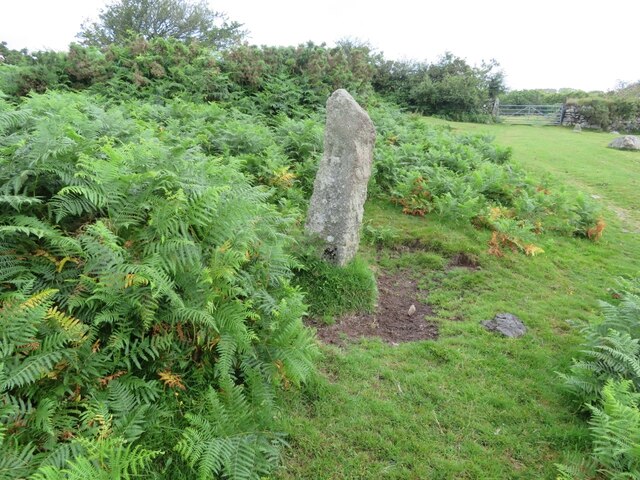
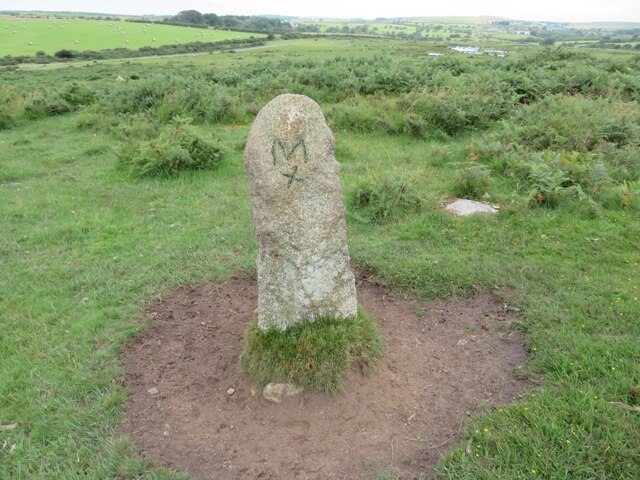
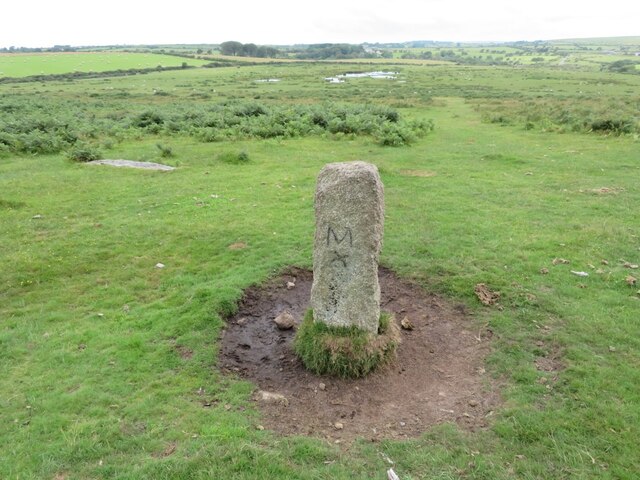
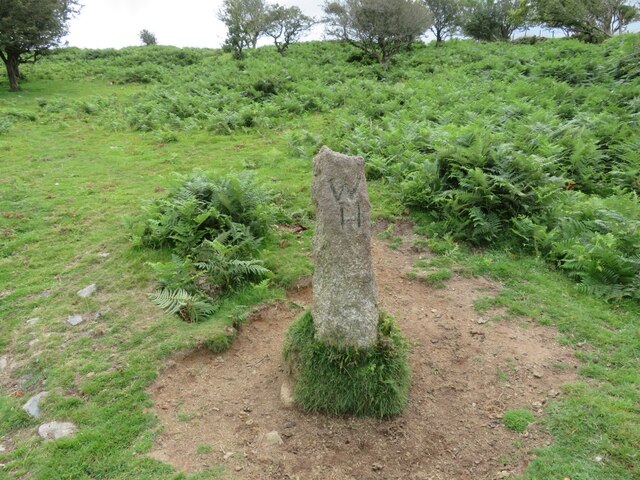
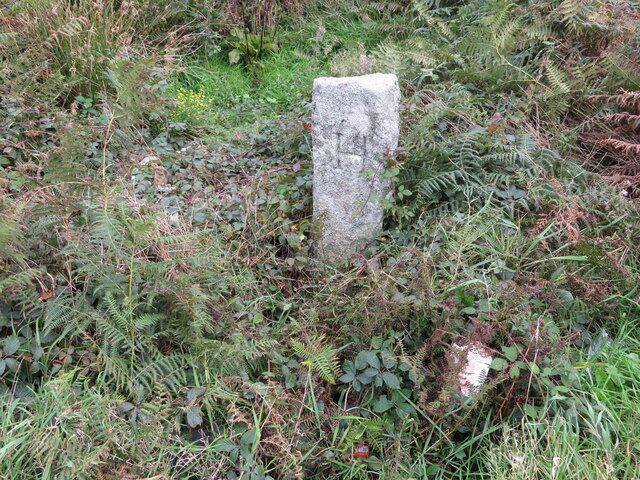
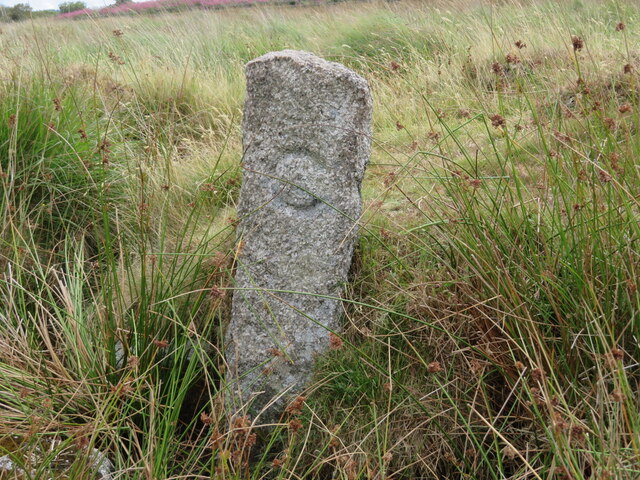
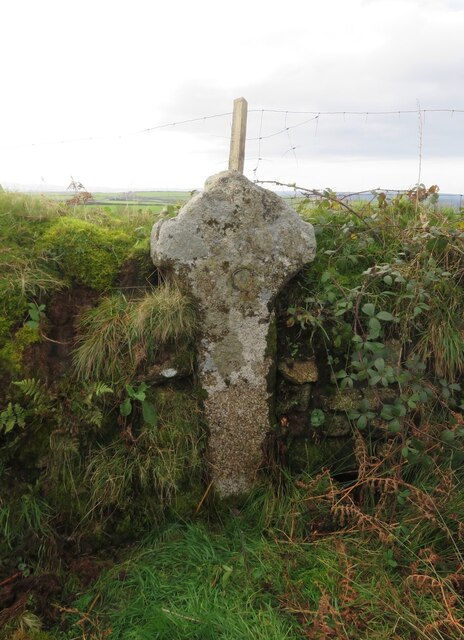
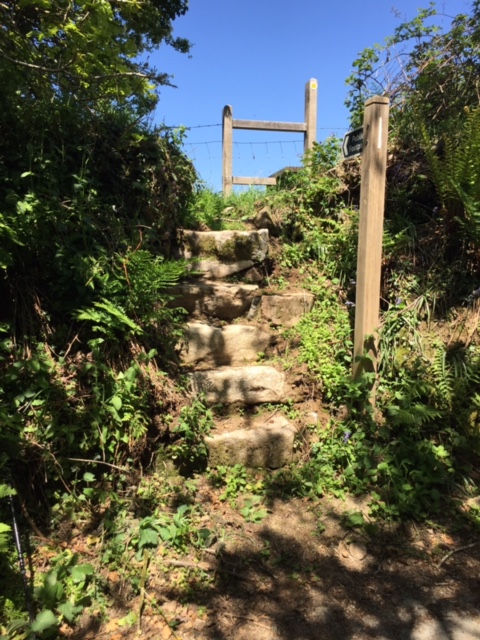
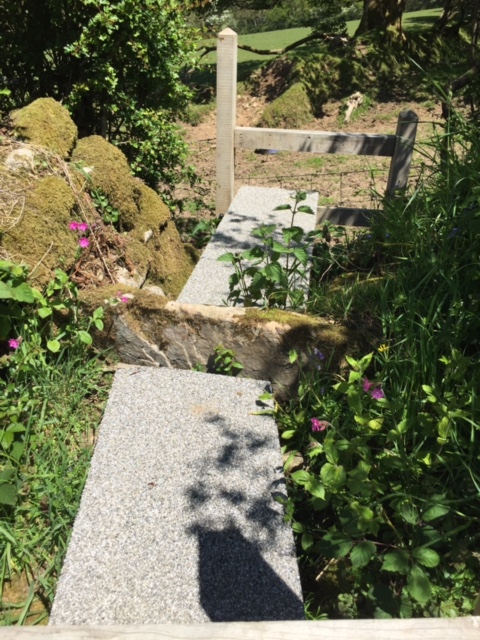
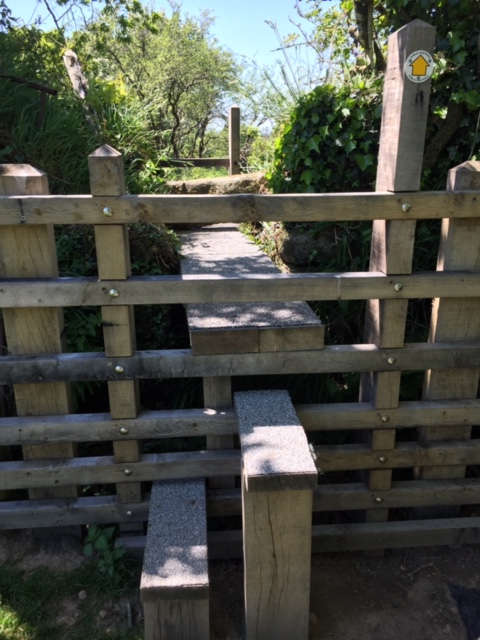
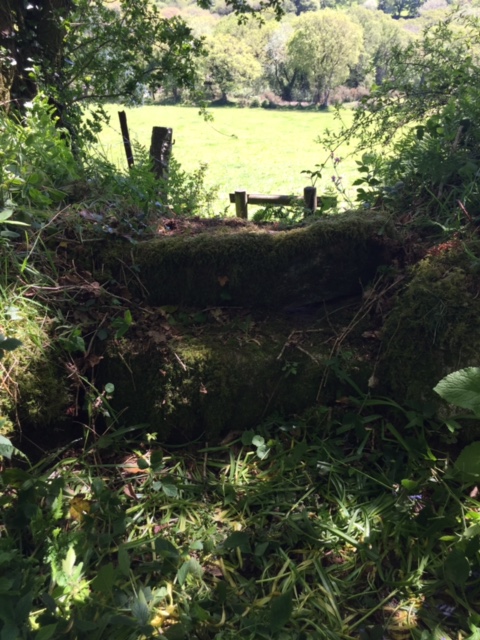
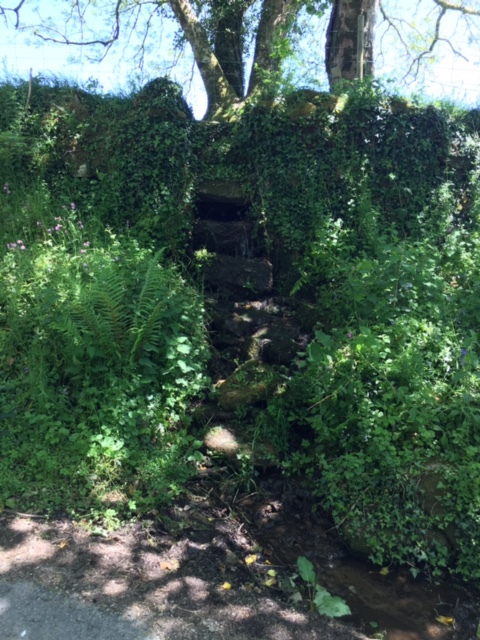
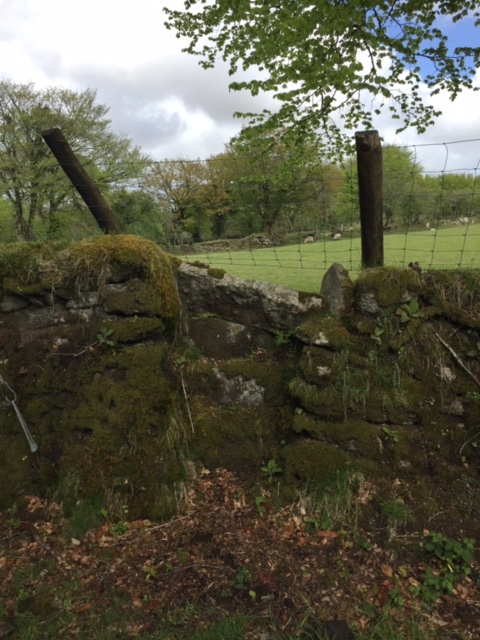
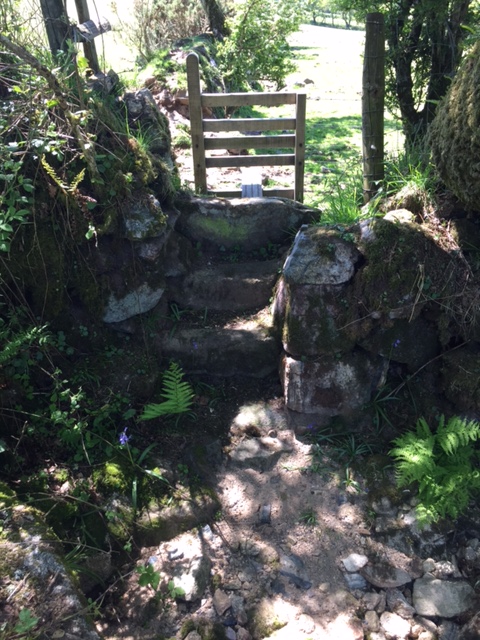
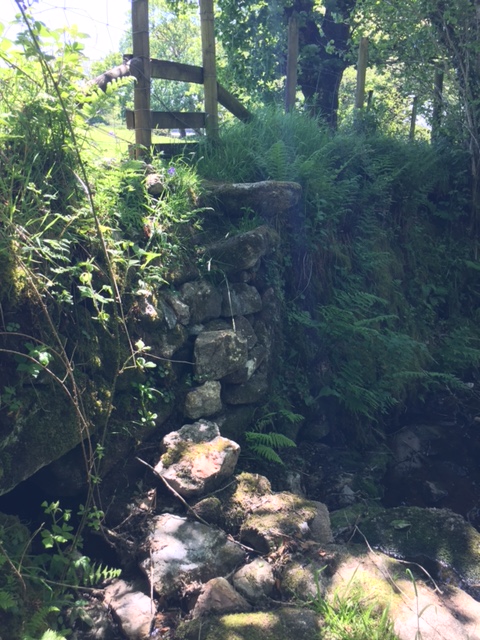
Newton Downs is located at Grid Ref: SX1273 (Lat: 50.532297, Lng: -4.6445942)
Unitary Authority: Cornwall
Police Authority: Devon and Cornwall
What 3 Words
///tall.birthdays.lashed. Near Helland, Cornwall
Nearby Locations
Related Wikis
Trippet stones
The Trippet stones or Trippet stones circle is a stone circle located on Manor Common in Blisland, 9 kilometres (5.6 mi) north northeast of Bodmin on Bodmin...
Bradford, Cornwall
Bradford is a hamlet in the county of Cornwall, England, UK, 10.3 km north-northeast of the town of Bodmin, north of the A30 road. Bradford is in the valley...
Temple, Cornwall
Temple (Cornish: Tempel) is a small village and former civil parish, now in the parish of Blisland, on Bodmin Moor, in the Cornwall district, in the ceremonial...
Jubilee Rock
Jubilee Rock is a Grade II listed large rock on Pendrift Downs in the parish of Blisland, Cornwall, England. On the north side is carved the Falmouth...
Nearby Amenities
Located within 500m of 50.532297,-4.6445942Have you been to Newton Downs?
Leave your review of Newton Downs below (or comments, questions and feedback).
